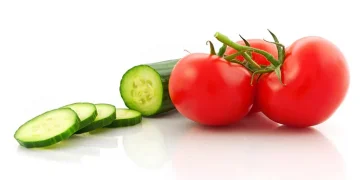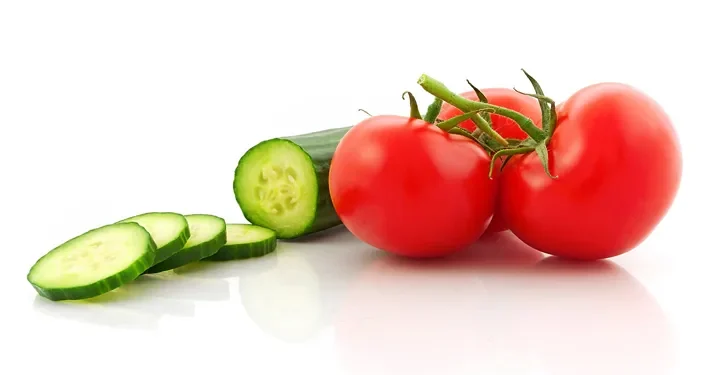Insights into Competitive Challenges and Market Shifts
Recent agricultural protests in Spain, particularly in Almeria, have underscored the competitive pressures faced by local producers from international markets. While Morocco has historically been a focal point of contention, recent data reveals a shift in dynamics towards increased competition from the Netherlands and Turkey. These countries have capitalized on favorable conditions to expand their market presence in the European vegetable sector.
According to Plataforma Tierra de Cajamar, imports of Moroccan products have seen a decline of 4.4% due to reduced volumes of tomatoes and zucchinis caused by challenging weather conditions impacting production capacities. This reduction has partially alleviated concerns over Moroccan competition, albeit not fully addressing the broader market pressures.
The Netherlands has surged ahead with a 14.4% increase in exports, buoyed by lower energy costs enabling enhanced production capabilities under artificial light. This advantage has notably bolstered cucumber sales, positioning the Netherlands favorably amidst competitive market conditions. Meanwhile, Turkey, with an 11.8% export increase, has strategically oriented its production towards European markets, leveraging geopolitical factors to strengthen its market share.
In terms of product demand within Europe, tomatoes remain at the forefront with 1,852,000 tons, followed closely by peppers. Despite economic challenges, both the European Union and the United Kingdom have augmented their vegetable imports by 5.1%, diversifying suppliers and increasingly favoring products from the Netherlands and Turkey over Moroccan imports.
Contrary to broader European trends, Spain has shown an uptick in imports of Moroccan tomatoes, doubling its purchase volume since 2015. Additionally, Portugal has emerged as a significant supplier, capitalizing on market shifts to capture shares previously held by France.
As the European vegetable market continues to evolve, stakeholders in Almeria and beyond must navigate these intricate dynamics, adapting strategies to mitigate competitive pressures and capitalize on emerging opportunities.































